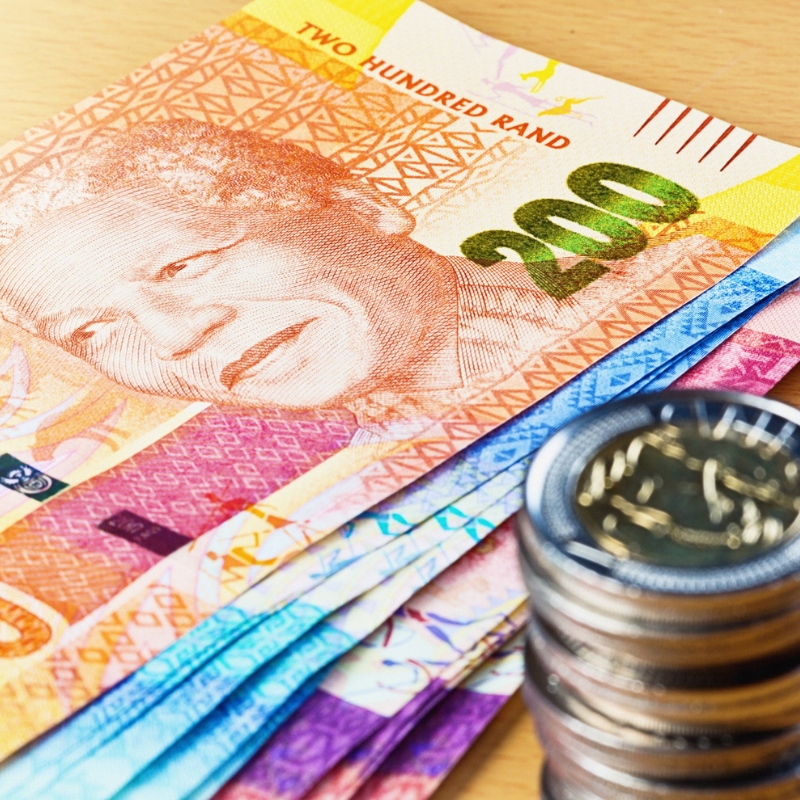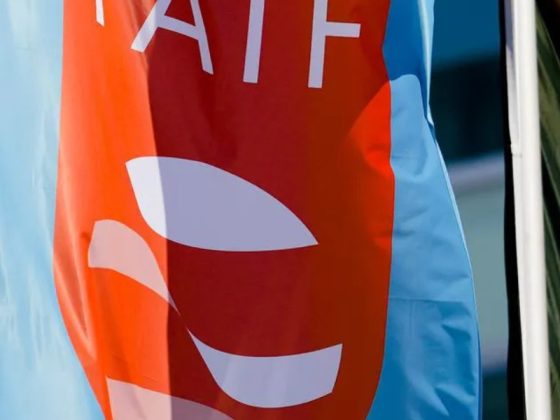
The 2025 Medium-Term Budget Policy Statement (MTBPS), delivered by Finance Minister Enoch Godongwana on 12 November, marks a delicate balancing act between fiscal prudence, political compromise, and reform-driven recovery. It arrives at a moment of renewed fiscal discipline but persistent political fragility, where the Government of National Unity (GNU) faces the dual challenge of maintaining coalition coherence and sustaining investor confidence amid subdued growth.
A turning point in fiscal policy?
The statement confirms a credible pivot towards fiscal consolidation, signalling the end of the crisis-era trajectory of escalating debt and widening deficits. Debt stabilisation at 77.9% of GDP by FY2025/26, the first since 2008, and a projected primary surplus of R68.5 billion underscore a return to fiscal maturity. The narrowing of the budget deficit from 4.5% to 2.7% of GDP by 2028/29, along with slower debt-service cost growth, demonstrates National Treasury’s intent to restore fiscal space for growth-enhancing expenditure.
This fiscal tightening, however, occurs in a politically sensitive environment. With service delivery expectations high and electoral pressures mounting ahead of the 2026 local government elections, Treasury faces the test of balancing consolidation with inclusivity. While the Targeted and Responsible Savings (TARS) initiative has yielded R6.7 billion in medium-term savings, public sentiment remains wary of austerity measures that could constrain job creation and social relief.
Revenue collection, illicit trade, and fiscal resilience
Revenue collection continues to outperform conservative estimates, with a R19.3 billion overrun attributed to stronger corporate income tax (CIT), dividends, and VAT receipts. However, the sustainability of this improvement depends on addressing the persistent drag from illicit trade, particularly in cigarettes, alcohol, and fuel, which has eroded more than R40 billion in excise revenue since 2020.
Treasury’s collaboration with SARS, the South African Police Service, and the Financial Intelligence Centre under the Illicit Economy Unit has begun to yield progress in dismantling organised tax evasion networks. Yet, enforcement gaps at municipal and border levels continue to undermine fiscal integrity. In this respect, the exit from the Financial Action Task Force (FATF) grey list marks both a reputational and operational milestone, positioning South Africa to strengthen anti-money laundering systems and attract compliant investment flows.
Economic outlook: global headwinds, local opportunity
The global macroeconomic context remains complex. The IMF projects global growth at 3.2% in 2025, clouded by persistent geopolitical tensions, supply-chain fragmentation, and protectionist policies among major economies. While AI-driven equity rallies support capital markets, volatility risks remain high due to uneven technological diffusion and policy divergence between advanced and emerging markets. Commodity markets, particularly oil and metals, remain volatile, posing challenges for South Africa’s export-led sectors.
In contrast, our domestic outlook has modestly brightened. Real GDP growth is forecast at 1.2% in 2025, doubling the 2024 outturn, with medium-term growth averaging 1.8%. This is supported by energy and logistics reforms, including Eskom’s operational improvements, grid expansion, and the entry of private freight operators. The projected R1 trillion public investment programme in infrastructure, enabled by PPP reforms and the new Infrastructure Bond, could elevate medium-term growth closer to 2–3%, contingent on execution efficiency.

Political economy: Navigating new realities
The 2025 budget process unfolded under unusual political strain. Divergent fiscal philosophies within the GNU initially produced a budget impasse, delaying Cabinet approval of the fiscal framework and revenue proposals. While ultimately resolved, the episode underscored the fragility of coalition governance and the competing imperatives of fiscal prudence versus populist expenditure.
Whilst national treasury used to go through the motions when it came to the budget process, the new reality of an ANC that does not have the majority to pass a budget despite opposition, has forced treasury to cease being complacent and start being creative in raising revenue. It is this new reality that ensured South Africans are today not straddled with an increased VAT and revenues are projected to exceed the budget estimates by R19.3 billion.
The political economy of the MTBPS therefore reflects a negotiated outcome – one that preserves Treasury’s technocratic credibility while conceding to coalition pressures for expanded social and municipal transfers. The delicate equilibrium achieved in this statement is emblematic of a maturing fiscal democracy; pragmatic, but vulnerable to shifts in political alignment or public sentiment.
Infrastructure and reform execution
Infrastructure investment remains the flywheel of recovery, with capital payments growing at 7.5% annually; the fastest across expenditure items. Treasury’s pivot from direct public funding to blended finance through credit guarantees, institutional bonds, and dedicated project vehicles marks a strategic shift toward leveraging private capital. Success will depend on transparent procurement (through the forthcoming Public Procurement Bill), project-preparation capacity at municipal level, and governance oversight to prevent fiscal leakage.
Risks and opportunities
While the macro-fiscal trajectory is stabilising, risks remain multi-dimensional:
- Fiscal risk: Elevated debt and global interest rate volatility could reprice sovereign borrowing costs.
- Growth risk: Structural reform delays in logistics and water could mute productivity gains.
- Revenue risk: Illicit trade and tax base erosion threaten the durability of revenue improvements.
- Political risk: Coalition instability may constrain long-term policy coherence.
Conversely, opportunities arise from the FATF exit, renewed infrastructure momentum, and South Africa’s G20 and AfCFTA leadership, which enhance the country’s role in regional investment corridors and value-chain integration.
Conclusion: From stability to delivery
The 2025 MTBPS offers a credible and disciplined framework for South Africa’s fiscal renewal. It reflects Treasury’s resolve to restore macroeconomic stability while cautiously enabling growth. Yet, credibility now hinges less on fiscal arithmetic and more on execution discipline, governance reform, and coalition durability.
For government, the next test lies in translating stability into visible service delivery and infrastructure outcomes. For business and investors, the MTBPS provides a roadmap for medium-term certainty, albeit one that demands strategic patience, policy vigilance, and partnership in advancing South Africa’s reform-led, infrastructure-driven recovery.
Appendix:
Key fiscal metrics and policy shifts
| Item | 2025/26 | Medium-term trajectory | Notes |
| Inflation target | 3% ±1pp | Implemented over 2 years | Lower expectations → room for lower rates |
| Gross debt-to-GDP | 77.9% (stabilises) | Stabilisation begins 2025/26 | First stabilisation since 2008 |
| Primary balance | R68.5bn (0.9% of GDP) | R224bn by 2028/29 | Consolidation intact |
| Budget deficit | 4.5% of GDP | 2.7% by 2028/29 | Gradual narrowing |
| Revenue overrun (FY) | +R19.3bn | Shortfall vs Feb estimates: ~R15.7bn over next 2 years | VAT, CIT, dividends stronger; lower VAT refunds |
| Debt-service cost growth | 3.8% p.a. | Down from 7.4% in 2025 Budget | Eases crowding-out |
| In-year expenditure | +R15.8bn | Includes R2bn Parliament rebuild, R1bn IEC | One-offs absorbed |
| Capital payments growth | 7.5% p.a. | Shift from consumption to investment | Infrastructure flywheel |
| TARS savings | R6.7bn (medium term) | >50% from grant fraud clean-up | Scaling down PTN grant |
| Provincial share | 42.4% | Medium term | Protects frontline services |
| Municipal share | 9.7% | Medium term | Basic services, bulk charge compensation |
Sources: Budget documents are available at National Treasury’s website: https://www.treasury.gov.za/



